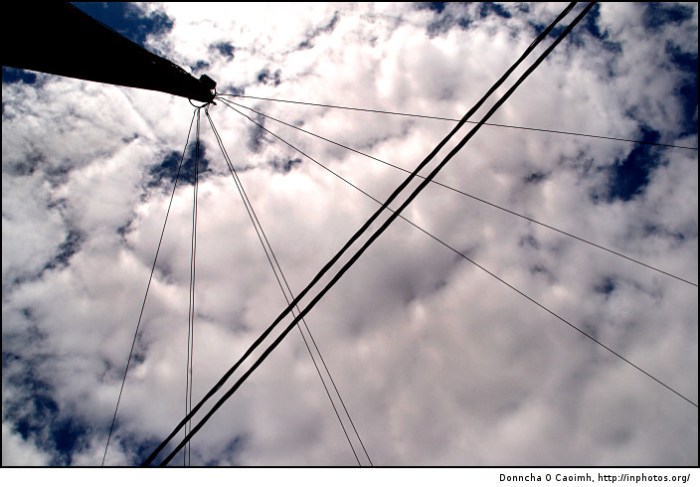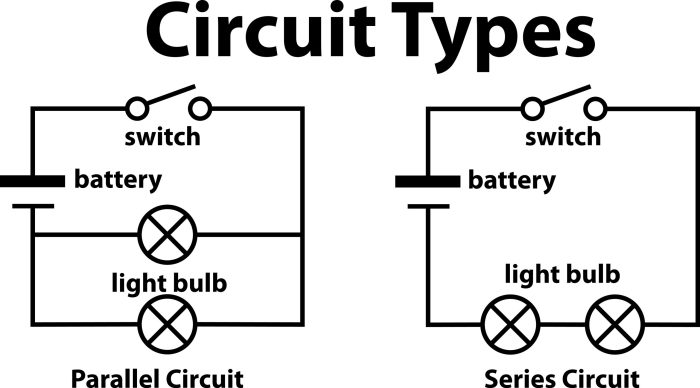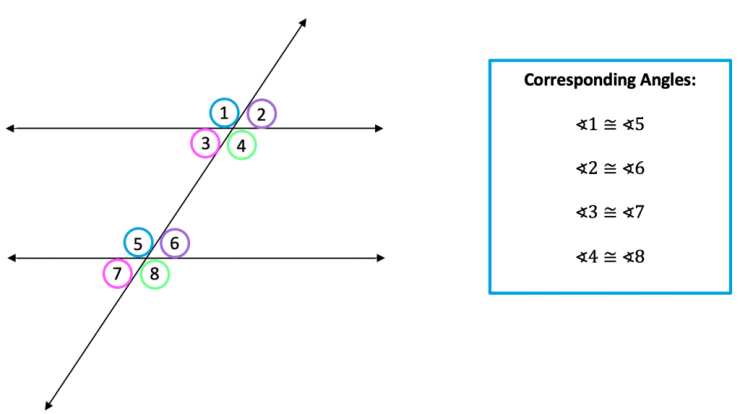Consider the diagram.lines ac and rs arecoplanar.parallel.perpendicular.skew. This diagram illustrates the fundamental concepts of coplanar, parallel, perpendicular, and skew lines, which are essential for understanding the spatial relationships between lines in geometry and various applications.
Coplanar lines lie in the same plane, parallel lines never intersect, perpendicular lines intersect at right angles, and skew lines neither intersect nor lie in the same plane. These concepts play a crucial role in fields such as architecture, engineering, and design, where understanding the behavior of lines is paramount.
Introduction to Coplanar and Parallel Lines

In geometry, coplanar and parallel lines are two important concepts that describe the relationship between lines in a plane.
Coplanar linesare lines that lie in the same plane. In other words, they are lines that can be drawn on the same flat surface without intersecting. Examples of coplanar lines include the lines on a piece of paper or the lines on a chalkboard.
Parallel linesare coplanar lines that never intersect, no matter how far they are extended. In other words, they are lines that are always the same distance apart. Examples of parallel lines include the sides of a rectangle or the rails of a railroad track.
Coplanar and parallel lines are closely related. All parallel lines are coplanar, but not all coplanar lines are parallel.
Perpendicular Lines, Consider the diagram.lines ac and rs arecoplanar.parallel.perpendicular.skew.
Perpendicular linesare lines that intersect at a right angle, or 90 degrees. In other words, they are lines that form a cross shape. Examples of perpendicular lines include the lines on a graph or the lines on a tic-tac-toe board.
Perpendicular lines are not necessarily coplanar. For example, the lines on a cube are perpendicular to each other, but they are not coplanar because they do not lie in the same plane.
There are several ways to determine if two lines are perpendicular. One way is to use a protractor to measure the angle between the lines. If the angle is 90 degrees, then the lines are perpendicular.
Skew Lines
Skew linesare lines that do not intersect and are not coplanar. In other words, they are lines that are not in the same plane and do not cross each other. Examples of skew lines include the lines on a prism or the lines on a pyramid.
Skew lines are different from coplanar lines and perpendicular lines. Coplanar lines lie in the same plane, while perpendicular lines intersect at a right angle. Skew lines, on the other hand, do not lie in the same plane and do not intersect.
There are several ways to determine if two lines are skew. One way is to use the cross product of the direction vectors of the lines. If the cross product is zero, then the lines are skew.
Visual Representation of Lines
| Line Type | Definition | Examples |
|---|---|---|
| Coplanar Lines | Lines that lie in the same plane | Lines on a piece of paper, lines on a chalkboard |
| Parallel Lines | Coplanar lines that never intersect | Sides of a rectangle, rails of a railroad track |
| Perpendicular Lines | Lines that intersect at a right angle | Lines on a graph, lines on a tic-tac-toe board |
| Skew Lines | Lines that do not intersect and are not coplanar | Lines on a prism, lines on a pyramid |
Applications of Line Types
- Coplanar lines are used in architecture to create buildings and other structures.
- Parallel lines are used in engineering to create bridges and other structures that need to be strong and stable.
- Perpendicular lines are used in manufacturing to create products that are accurate and precise.
- Skew lines are used in art to create sculptures and other works of art.
FAQ Resource: Consider The Diagram.lines Ac And Rs Arecoplanar.parallel.perpendicular.skew.
What is the difference between coplanar and skew lines?
Coplanar lines lie in the same plane, while skew lines neither intersect nor lie in the same plane.
How can you determine if two lines are perpendicular?
Two lines are perpendicular if they intersect at right angles (90 degrees).
What are some real-world examples of skew lines?
Telephone wires and power lines are examples of skew lines.





